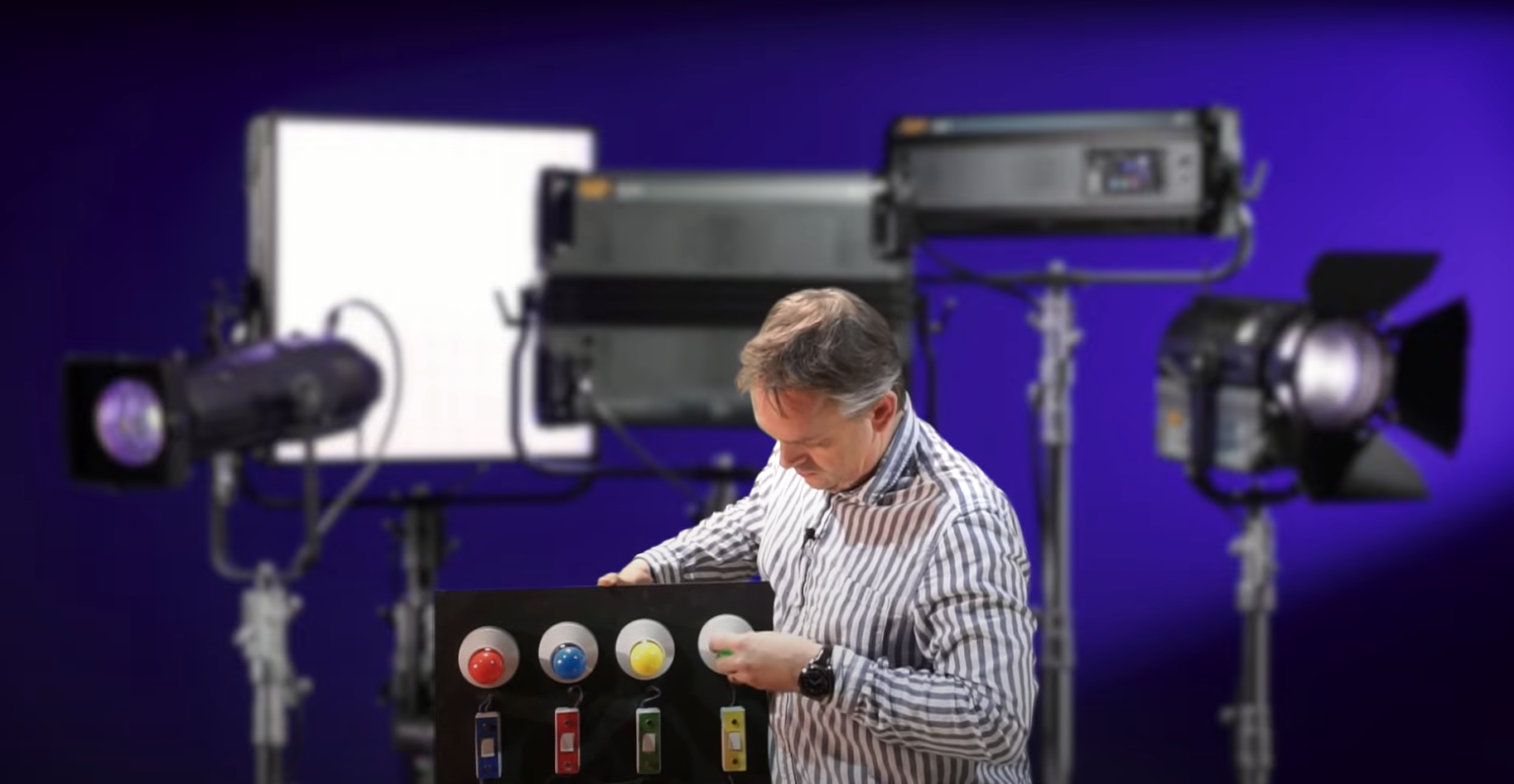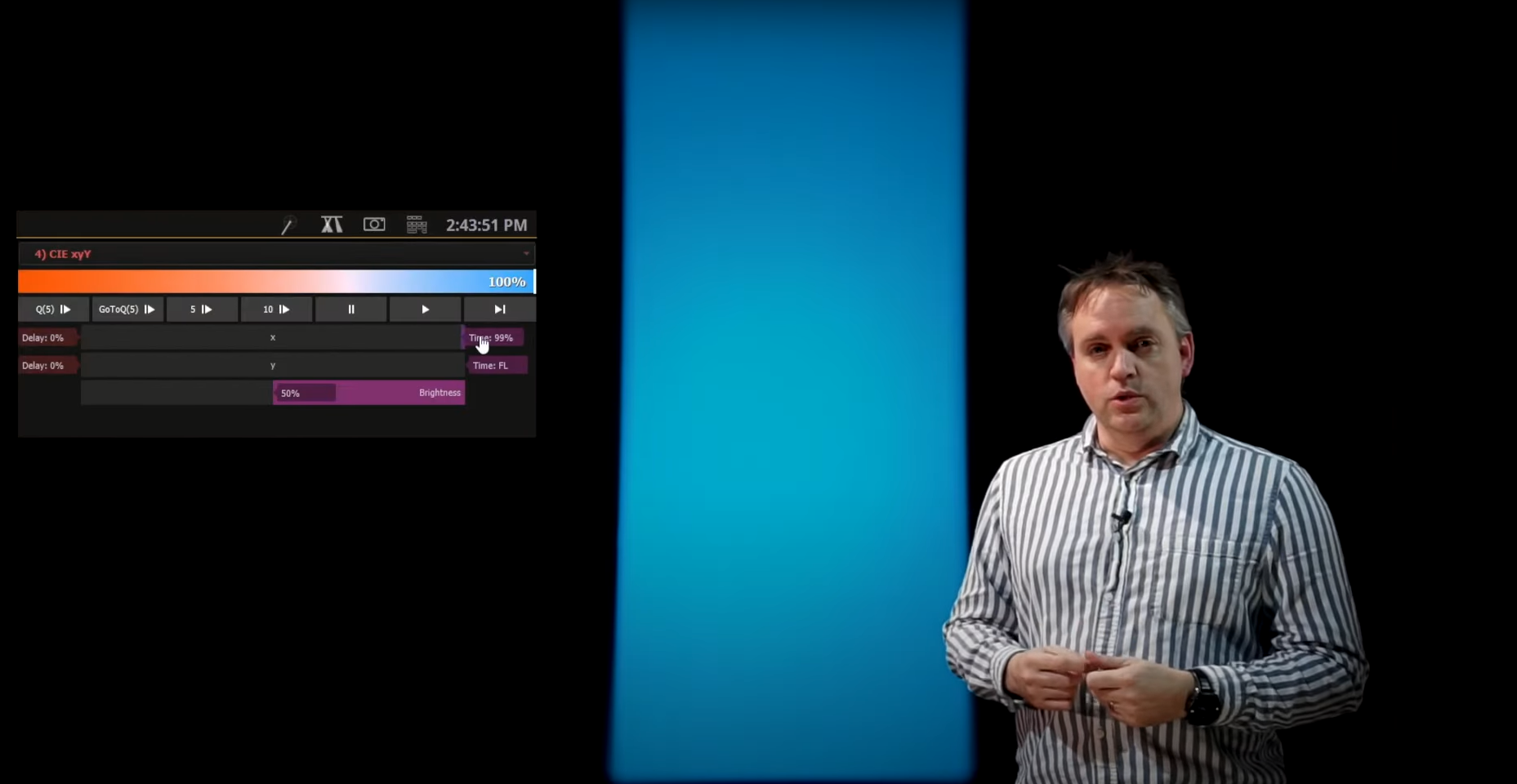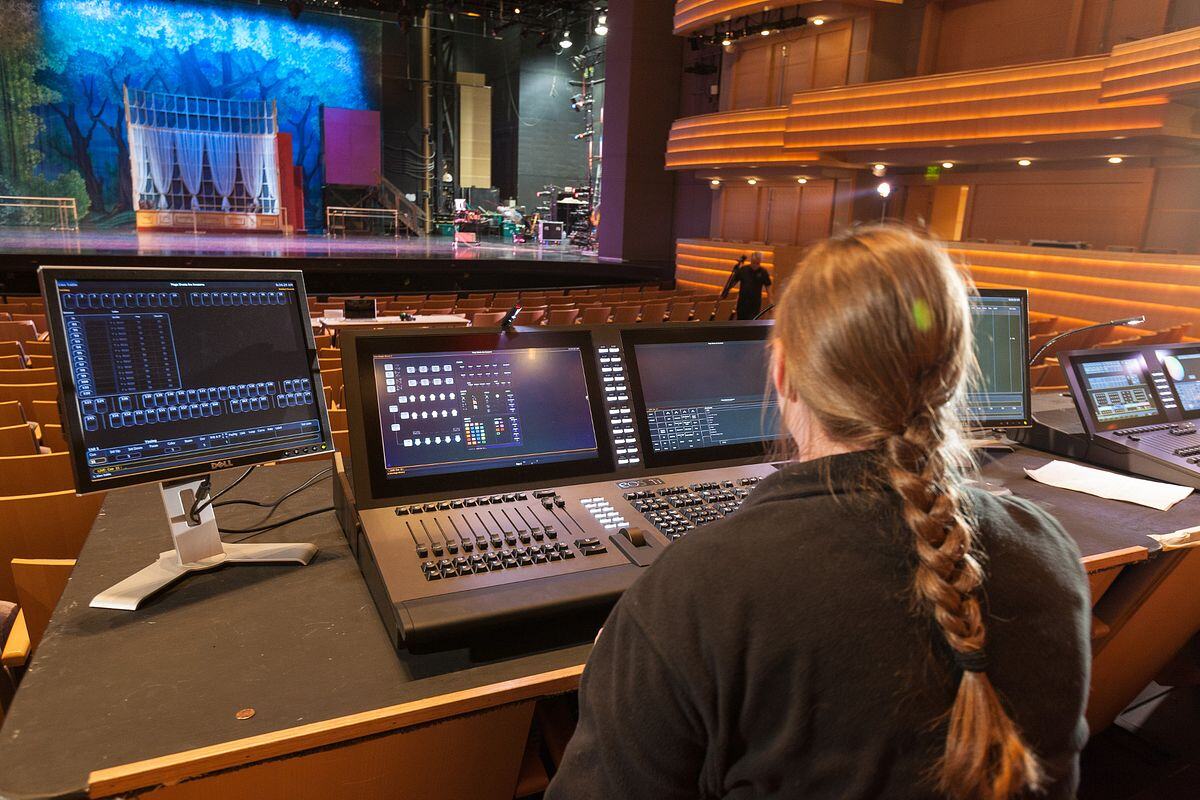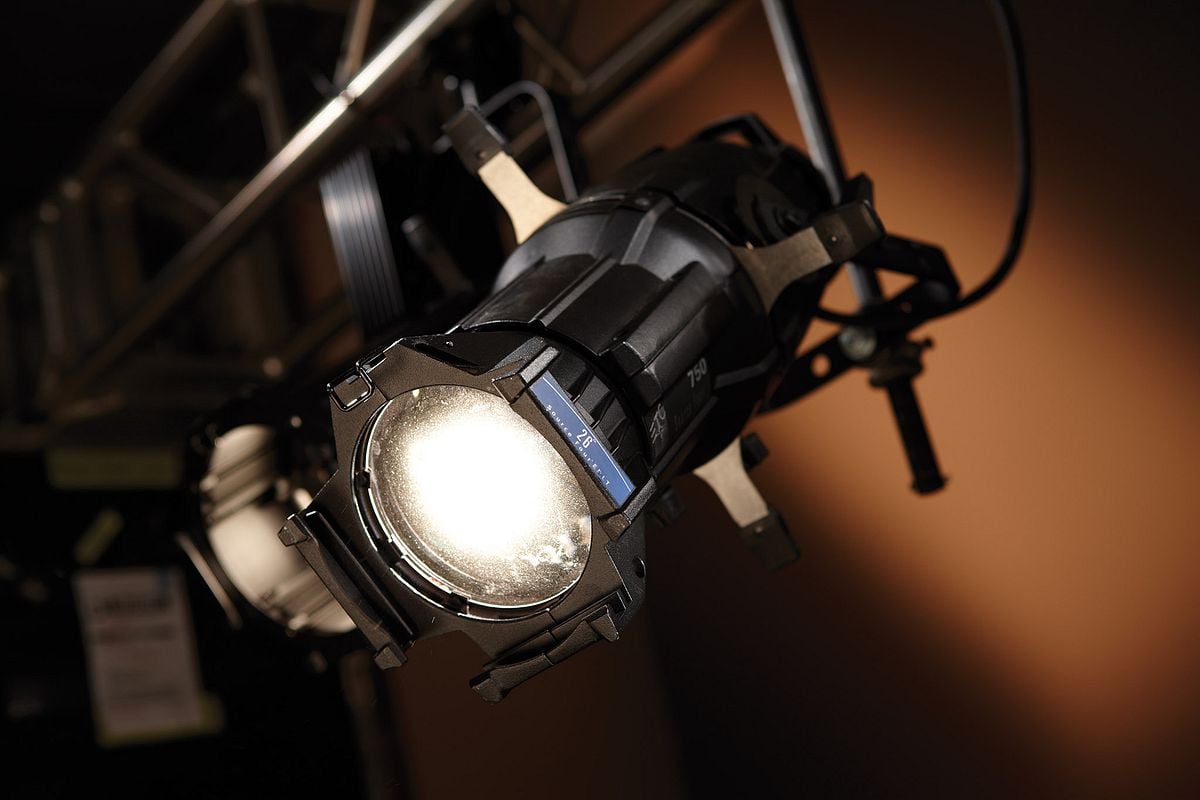When executing a successful lighting design, the question of color is often considered near the end of the process, and in some ways, it seems to make sense. We first ask ourselves, what’s my budget? Which fixtures do I have? What are my hang positions? And then, finally, what color should those fixtures be? In this class replay from CUE 2022, Declan Randall, ETC Training Program Coordinator, challenges that idea. He’ll show you why if you care about light, you should care about color from the very first moment.
Color does not exist without light
We only see color because of light and how an object reflects that light to our eyes. So, it stands to reason that controlling that light is incredibly important. As a designer, you want to decide why you change light, how you change light, when you change light, and its native source. Your design success is ultimately tied to your level of light and color control. Choosing a fixture that gives you the options you need to control the light in a way that fits your needs is more important than ever. And having a console that works with your fixtures is equally important.
Since LED fixtures came on the market, we’ve started thinking about color differently. With LEDs, you start with nothing and build up, adding color and intensity as you go. The more of the spectrum you have available, the more you’re able to add, and the better your light will render on the objects you have - costumes, scenery, backdrops, etc. With LED fixtures, you are now able to manipulate color to a degree of precision that was never possible with gel. And that's really exciting.

Fixtures and console control
If you were to connect the same lighting fixture to different manufacturers’ consoles and then select a standard color – Lee 201 or Rosco 58, for example, you’ll start to see how drastically control options vary. This is because some consoles are only capable of calculating color based on RGB values. They ignore any extra emitters because they're not capable of processing the extra color information beyond an RGB array. With other consoles, spectral data and intensity are ignored. These variances in control make a big difference in how you're able to reproduce color on your stage. Without even realizing it, you may be missing out on features that limit the performance of your fixtures and your design.
“If you care about light, then you must care about color too. And thanks to the selection of ETC consoles, these tools are available for everyone -not just Broadway and The West End.”

Start with white light
In this class, Declan will take you back to the beginning and talk about how white light is created. Using that same formula, he then dives into other colors and how each is created within different fixtures. You’ll quickly see that not only does the array matter, but how you control the array, matters too. The “color recipes” that make up light are called metamers. And while metamers are not new, the way we are able to control them is.
Watch the full session below to learn more about the benefits of changing metamers to improve your design.






